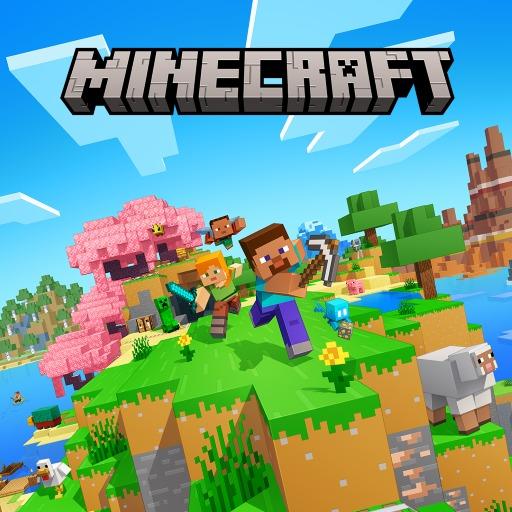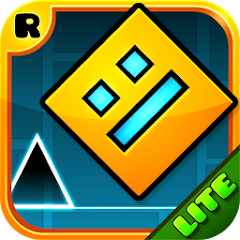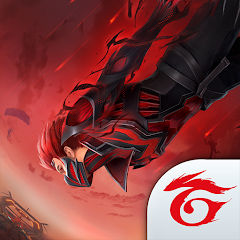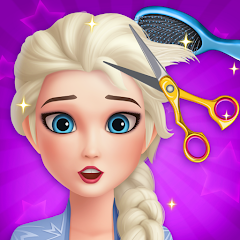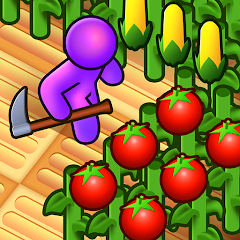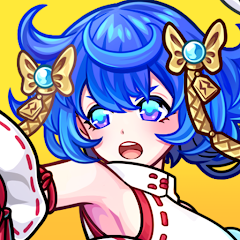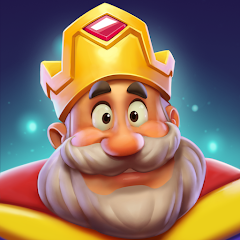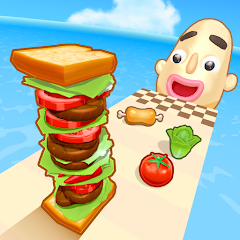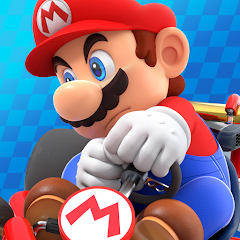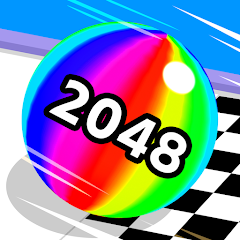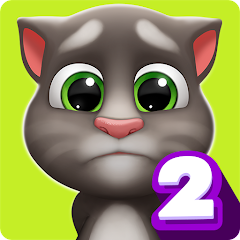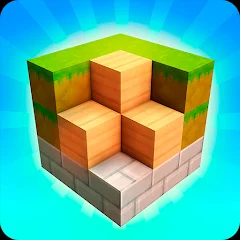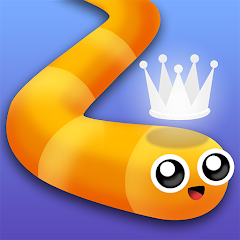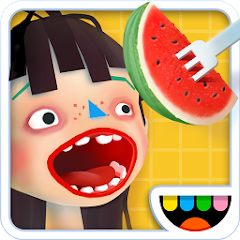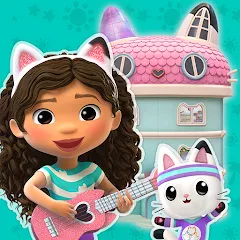
Fortnite

Call of Duty: Mobile Season 11

Build A Queen

Poppy Playtime Chapter 2

Free Fire MAX

Genshin Impact

Horror Spranky Beats
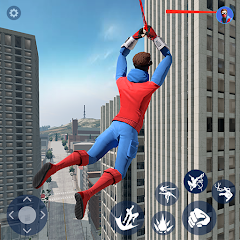
Spider Fighting: Hero Game

Avatar Maker Dress up for kids
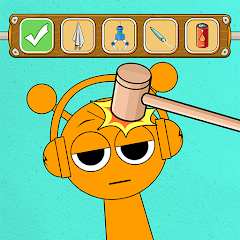
Spranky Transformer
Advertisement
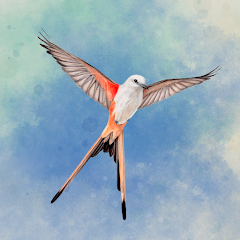
Wingspan: The Board Game
ScreenShots
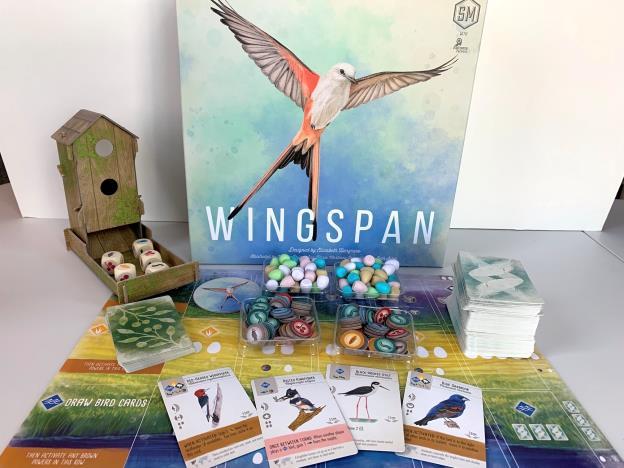


Advertisement
Editor’s Review:
Wingspan is a refreshing change in modern tabletop gaming. Designed by Elizabeth Hargrave and published by Stonemaier Games, it focuses on building bird habitats rather than fighting battles or managing kingdoms. This theme alone sets it apart.

The highlight is its beautiful artwork. Each card represents a real bird species with accurate details like wingspan, habitat, and feeding habits. The illustrations are colorful, calming, and almost educational. The pastel egg miniatures, custom dice, and bird-feeder dice tower make the experience even more inviting. It’s a board game that looks as good as it plays.
Wingspan strikes the perfect balance between accessibility and depth. It’s strategic but not overwhelming. Every turn feels important, yet the pace is calm and thoughtful. The replay value is also huge. With over 170 unique bird cards in the base game and multiple expansions available, no two games feel the same.

It has received global recognition, including the Kennerspiel des Jahres award in 2019. Families, casual gamers, and seasoned strategists all find joy in it. In short, Wingspan is relaxing, creative, and rewarding. It’s a must-try for anyone who values thoughtful design and immersive gameplay.
How to Play?
Step 1: Game Setup Overview. Each player gets a playmat, five bird cards, and five food tokens. You must keep only some by discarding one card for each food you keep. Everyone also receives two bonus cards, but chooses one to keep. Action cubes track the number of turns you take each round. The bird feeder is filled with custom dice showing different food types. The deck of bird cards is shuffled, and three are placed face-up. Goal tiles for each round are revealed on the board.
Step 2: Turn Actions. On your turn, place one cube on your mat to take an action. You can:
- Play a Bird – Place a bird card in a habitat. Pay for its food cost and sometimes eggs. Birds go left to right in a row, making future actions stronger.
- Gain Food – Collect food by rolling or selecting dice from the bird feeder. Forest birds often trigger extra benefits.
- Lay Eggs – Add eggs to your birds. Eggs are required to play new birds and are worth points. Grassland birds can increase the egg supply.
- Draw Bird Cards – Take a card from the deck or the face-up row. Wetland birds improve this action, letting you draw more cards.

Step 3: Use of Bird Powers. Many birds have powers. Some activate once immediately, others trigger every turn, and some give points at the end. These powers build combos. For example, one bird might tuck cards behind it for points while another gains food when you draw. Planning these chains is key to success.
Step 4: Rounds and Goals. The game has four rounds. Each round is shorter than the last because players have fewer cubes. At the end of a round, compare progress on the round goal. This may involve eggs, habitats, or bird types. Scoring is added on the goal board.
Step 5: End Scoring. At the end of round four, the final points are calculated. Add:
- Points from birds (each card has a value).
- Completed bonus card objectives.
- Round goal points.
- Eggs, tucked cards, and cached food.
Download for App
Ratings
Disclaimer
2 . Vicitygame provide screenshots, historical version Apk, links and other information, which we collected fromGoogle Play. we will also add our own reviews to providechoose
3 . All trademarks,registered trademarks, product names and company names or logos appearing on the siteare the property of their respective owners.
4 . Vicitygame abides by the federal Digital Millennium copyright Act (DMCA) by responding to notices of alleged infringement that complies with the DMcA and other applicable laws.
5 . We guarantee the security of apk files downloaded from our site and also provide the official download linkat Google Play Store and App Store.
6 . lf you are the owner or copyright representative and want to delete your information, please contact [email protected]
7 . All the information on this website is strictly observed all the terms and conditions of Google Ads Advertisingpolicies and Google Unwanted Software policy.



